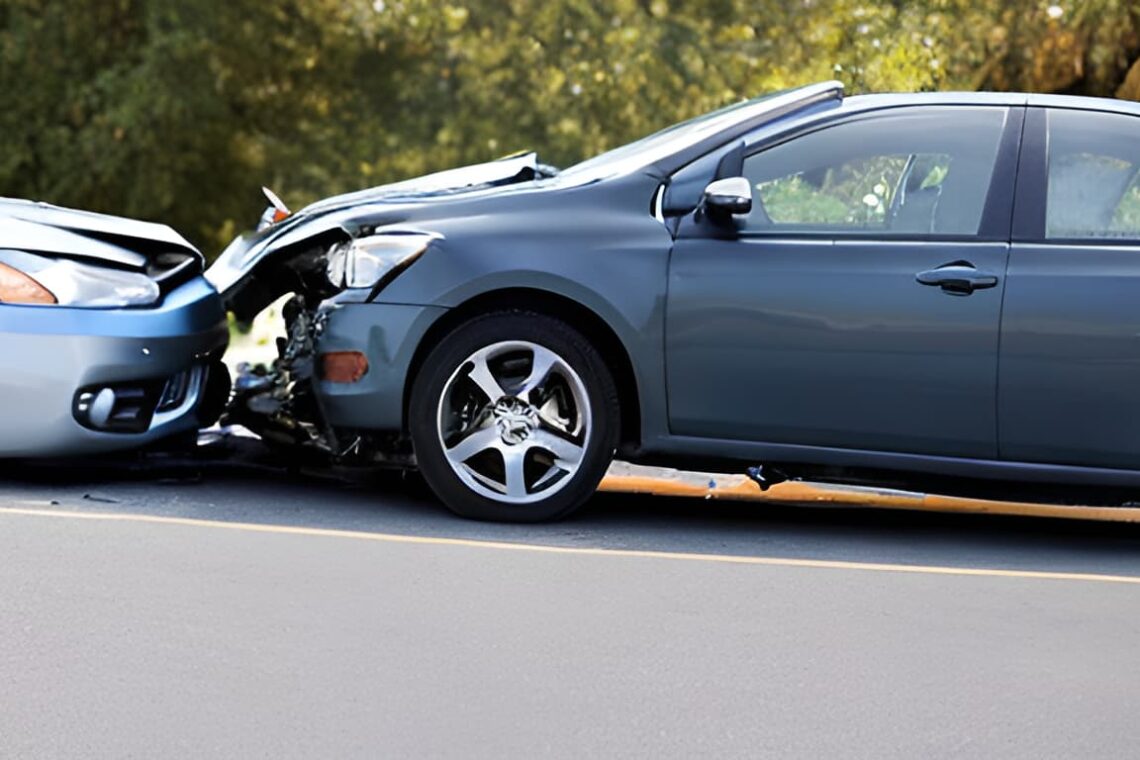No-Fault vs. At-Fault States: What You Need to Know About Car Accident Claims
One crucial factor that significantly affects how car accident claims are handled is whether you live in a no-fault or an at-fault state. Understanding the differences between these two systems is essential for anyone involved in a car accident. In this guide, we’ll explore the key distinctions between no-fault and at-fault states, and why consulting a car accident lawyer in Bronx can be invaluable in these situations.
Understanding No-Fault and At-Fault Systems
No-Fault States: How They Work
In a no-fault state, the insurance system is designed to simplify the claims process and ensure that individuals involved in car accidents receive prompt compensation. Key features of no-fault states include:
Personal Injury Protection (PIP) Insurance: Residents of no-fault states are typically required to carry PIP insurance. PIP coverage pays for medical expenses and lost wages for the policyholder, regardless of who is at fault in the accident.
No-Fault Insurance: No-fault insurance means that each party’s insurance provider covers their own medical expenses and lost wages, regardless of fault. This system is intended to reduce the need for lengthy legal battles to determine fault.
Limitations on Suing for Non-Economic Damages: In no-fault states, individuals can generally only sue for non-economic damages (such as pain and suffering) if they meet specific criteria, such as having sustained severe injuries.
At-Fault States: How They Work
In contrast, at-fault states rely on traditional tort liability systems to determine who is responsible for a car accident and to what extent. Key aspects of at-fault states include:
Determining Fault: In at-fault states, fault is determined based on evidence, witness statements, and the circumstances of the accident. The at-fault driver’s insurance typically bears the responsibility for paying damages.
Filing Claims Against the At-Fault Driver: Injured parties can file claims against the at-fault driver’s insurance to seek compensation for medical expenses, property damage, and other losses.
Pursuing Lawsuits for Non-Economic Damages: In at-fault states, individuals have the option to pursue lawsuits against the at-fault driver for non-economic damages, such as pain and suffering, emotional distress, and diminished quality of life.
Key Differences and Considerations
Advantages and Disadvantages
Living in a no-fault or at-fault state has both advantages and disadvantages:
No-Fault States:
Advantages:
- Swift compensation through PIP insurance.
- Fewer legal disputes over fault.
- Lower insurance premiums due to limited lawsuits.
Disadvantages:
- Restrictions on suing for non-economic damages.
- Less flexibility for legal action in certain cases.
- Complexities in cases of severe injuries.
At-Fault States:
Advantages:
- The possibility of larger compensation, including non-economic damages.
- Greater flexibility to pursue legal action.
Disadvantages:
- Potentially higher insurance premiums.
- Lengthier legal processes to establish fault.
- Increased likelihood of disputes and lawsuits.
Impact on Car Accident Lawyers
The choice between no-fault and at-fault insurance systems significantly affects the role of car accident lawyers:
No-Fault States: In no-fault states, car accident lawyers primarily focus on cases involving severe injuries or situations where exceptions allow for legal action. They work to maximize compensation for their clients within the constraints of the no-fault system.
At-Fault States: Car accident lawyers in at-fault states play a more prominent role in helping clients pursue legal action against the at-fault party. They work to establish fault, negotiate with insurance companies, and, if necessary, represent clients in court to secure compensation.
State Variations and Exceptions
It’s important to note that while many states adhere to either a no-fault or at-fault system, there can be variations and exceptions. Some states operate under hybrid systems that incorporate elements of both. Additionally, certain states may have specific rules and thresholds for when individuals can sue for non-economic damages, even in no-fault states.
How to Navigate the System
Whether you live in a no-fault or an at-fault state, knowing how to navigate the insurance system is crucial after a car accident. Here are some key steps to follow:
Report the Accident: Always report the accident to the police and your insurance company as soon as possible.
Seek Medical Attention: Get a thorough medical evaluation, even if your injuries seem minor at first. Some injuries may not manifest symptoms immediately.
Document the Scene: If it’s safe to do so, take photos of the accident scene, damage to vehicles, and any visible injuries.
Exchange Information: Obtain the contact and insurance information of all parties involved in the accident.
Consult a Car Accident Lawyer: Consider consulting a car accident lawyer, especially if you have sustained significant injuries, are facing disputes, or need guidance on the legal process.
Conclusion
Whether you reside in a no-fault or an at-fault state, understanding the nuances of your state’s insurance system is crucial in the aftermath of a car accident. While the choice of system significantly impacts the claims process, a knowledgeable car accident lawyer can provide invaluable assistance. They can help you navigate the complexities of the legal landscape, maximize your compensation, and ensure that your rights and interests are protected, no matter the system in place.
In challenging times following a car accident, having a skilled car accident lawyer by your side can make a significant difference in securing the compensation and support you need for recovery.
